Paddle Position in Pickleball: A Comprehensive Guide
Decoding Paddle Positions in Pickleball: A Comprehensive Guide
In the fast-paced game of pickleball, every hint about your opponent’s next move can be crucial. One of the most telling signs is the position of their paddle. This comprehensive guide will delve into the art of reading paddle positions, providing you with the insights to anticipate your opponent’s shots and respond effectively.
The Importance of Paddle Positions
The position of your opponent’s paddle can provide significant clues about their next shot. By observing the orientation and movement of the paddle, you can anticipate the type of shot, its direction, and speed, allowing you to prepare your response and maintain control of the game.
Recognizing Paddle Positions
Different paddle positions often correspond to different types of shots. Here are some common paddle positions and what they might indicate:
Paddle angled towards the ground
If your opponent’s paddle face is angled towards the ground, they might be preparing for a drop shot. This shot is typically soft and lands close to the net, requiring you to move forward quickly to respond.
Paddle held high
When your opponents’ paddle is held high, your opponent might be preparing for a smash. This shot is usually powerful and fast, aimed at your feet or body. You’ll need to react quickly, often by blocking or deflecting the shot. Maintain a soft grip, allow the paddle to slightly catch the ball as you block.
Paddle positioned for a backhand or forehand
The orientation of the paddle can also indicate whether your opponent is preparing for a backhand or forehand shot. A paddle held to the left (for right-handed players) usually indicates a backhand, while a paddle held to the right suggests a forehand.
Adjusting Your Positioning
Once you’ve read your opponent’s paddle position and anticipated their shot, it’s time to adjust your positioning. If you’re expecting a drop shot, move closer to the net. If a smash is coming, prepare to react quickly and aim to block or deflect the shot. When a backhand or forehand is anticipated, position yourself to exploit potential weaknesses in these shots.
The Role of Experience
Just like with anticipation, experience plays a significant role in reading paddle positions. The more you play and observe different opponents, the better you’ll become at decoding paddle positions and predicting shots. Practice against a variety of opponents and pay close attention to how they hold and move their paddles.
Reading Paddle Positions
Reading paddle positions is a subtle yet powerful skill in pickleball. With practice and experience, you can master this skill and gain a significant advantage over your opponents. Remember, pickleball isn’t just about hitting the ball—it’s also about understanding your opponent’s intentions. So, keep these tips in mind, and take your pickleball game to the next level.



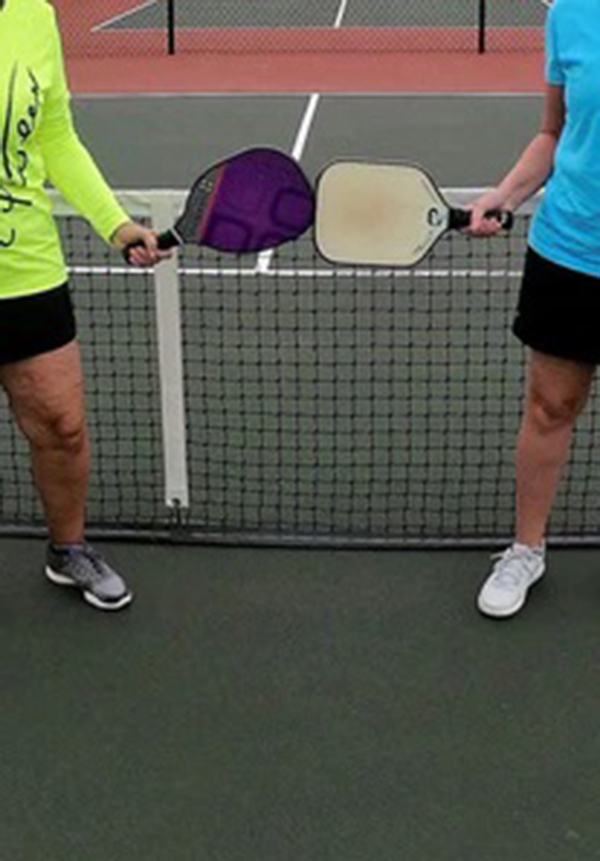
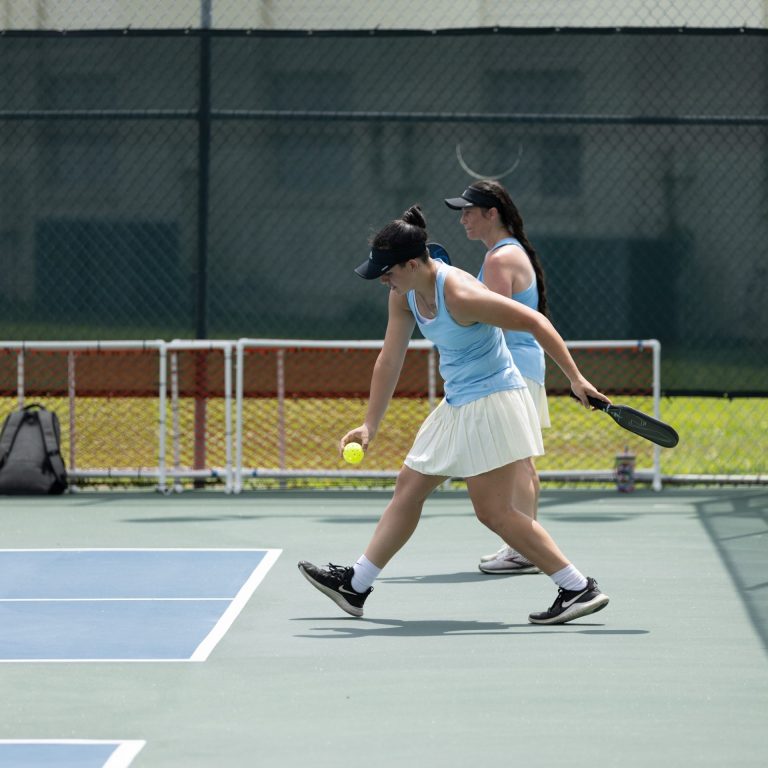
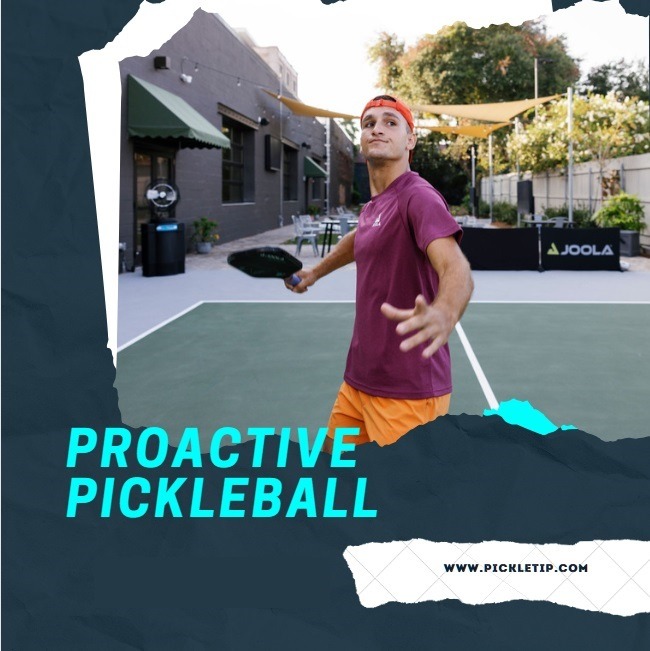
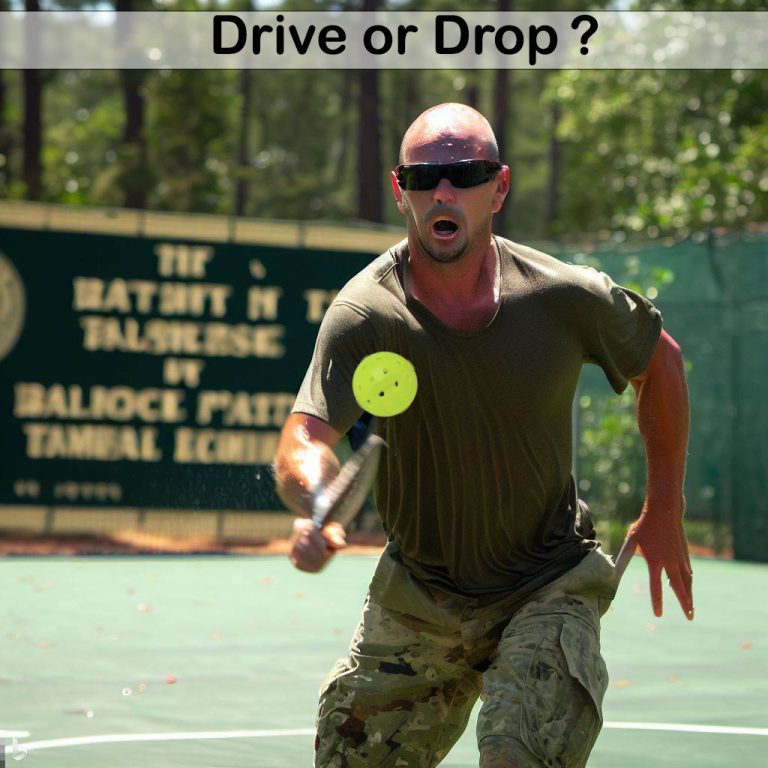
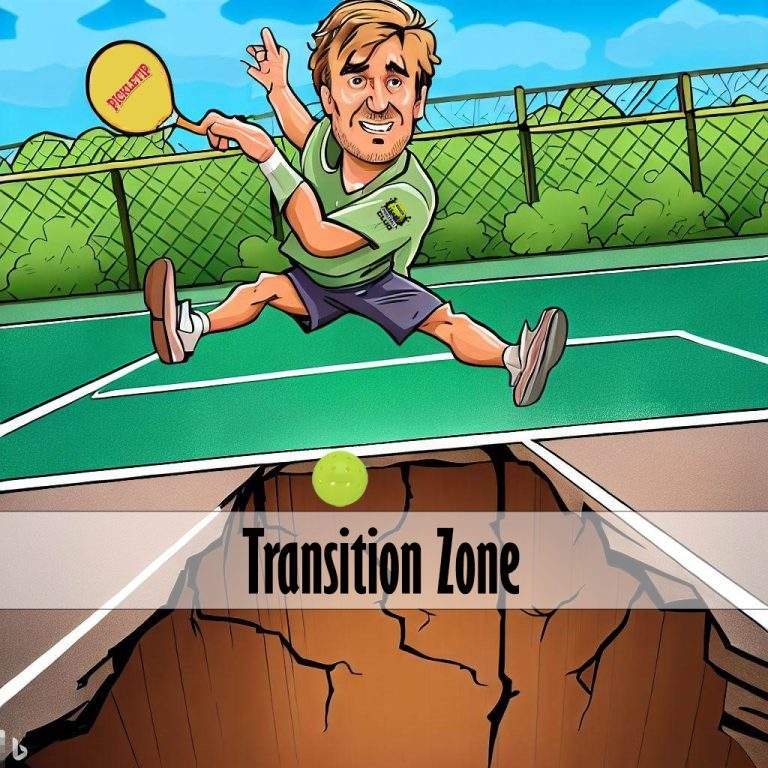
One Comment